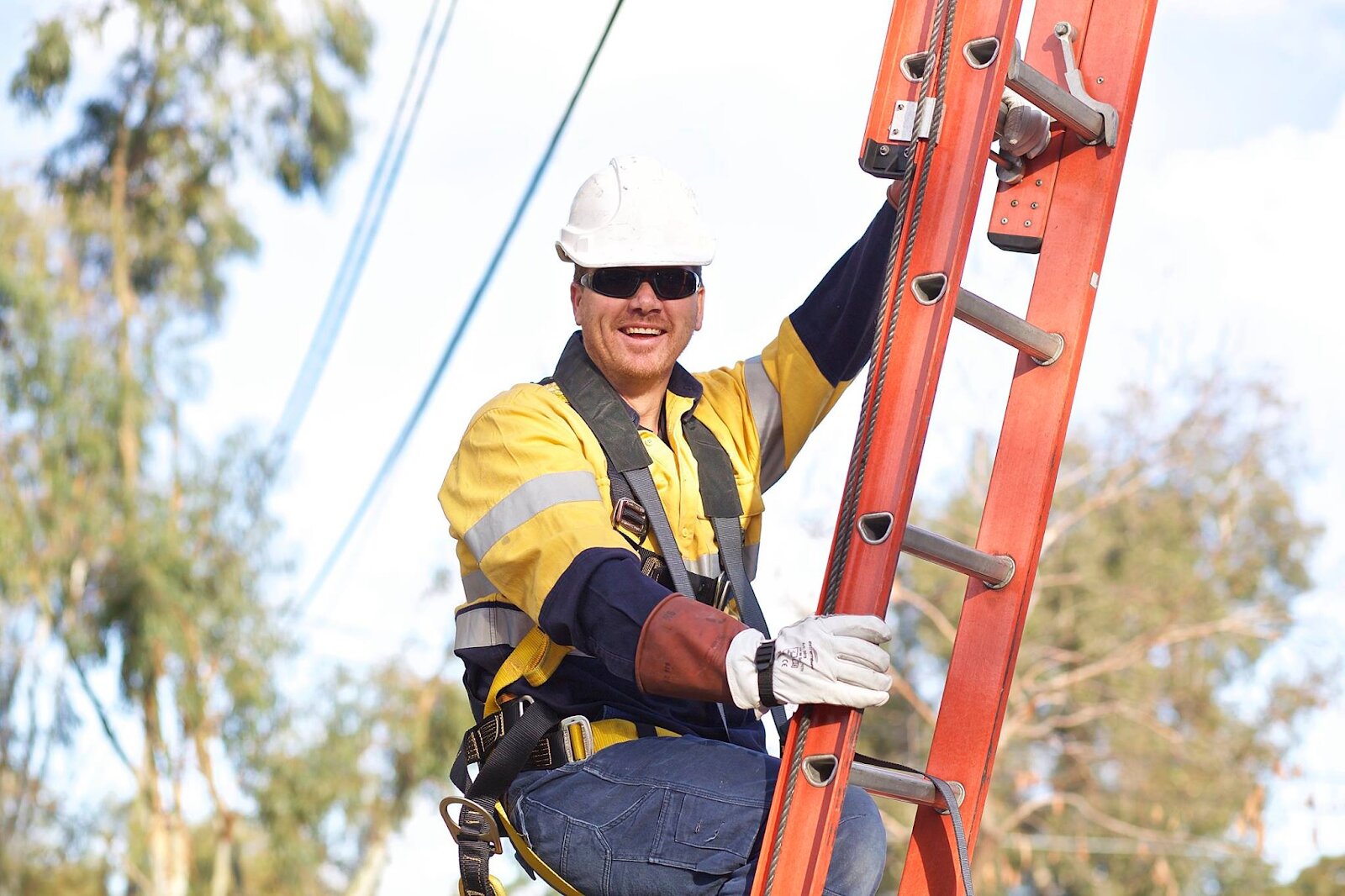What Is an Electric Shock?
Electric shock, also known as electrocution, is when an outside source of electricity comes into contact with or enters the body. This can happen if you accidentally touch exposed wires or do not act carefully when working near electrical systems. Sometimes an electric shock does not affect the body whatsoever, but other times, an electric shock can result in injury or, in worse cases, death. You can identify an electric shock by these symptoms:
- Unconsciousness
- Breathing difficulties
- Irregular pulse or heartbeat
- Physical burns
- Cardiac arrest
When doing electrical maintenance services in ceiling spaces, there is an increased risk of experiencing an electric shock because a building’s electric wiring is typically run through ceiling spaces. You must be aware of these risks to prevent electric shocks while working in ceiling spaces.
Is It Dangerous?
Yes, electric shock can be hazardous and, in severe cases, deadly. The human body is naturally a conductor of electricity, allowing electric currents to flow through the body easily. Electric shocks can cause burns, heart complications, breathing difficulties, and other issues. Electricity is very powerful, and you should always exercise extreme caution when working in ceiling spaces or anywhere near electric wires. An electric shock has the potential to be fatal. Even if a person seems unharmed after a shock, they should still seek medical attention immediately.
Related: Work Safe: Preventing Electric Shocks
5 Simple Ways to Protect Yourself from Electric Shocks While Working in Ceiling Spaces
If you stay aware of your surroundings and learn about what can cause electric shocks, you can stay safe when performing electrical services in ceiling spaces. By exercising caution and following these steps, you can complete a project in a ceiling space and avoid experiencing electrocution. Here are five simple ways you can protect yourself from electric shocks while working in ceiling spaces:
1. Avoid working near electric lines in possible
If you can, avoid working near electric lines in ceiling spaces. This is not always feasible, especially if you need to perform electrical services near electric lines. If you can do so, move the project as far away from electric lines as possible. This can help lower your risk of electric shock. If you cannot avoid electric lines when working in a ceiling space, use the following precautions to minimize your risk.
2. Train employees on electrical safety
You must train all employees on electric safety to prevent electric shocks when doing electrical maintenance services in ceiling spaces. Failing to educate employees on electric safety is irresponsible and can result in workplace injury or life-threatening accidents. It’s critical to ensure you train all employees thoroughly on electrical safety before working in ceiling spaces. Having a properly trained staff of electricians will help minimize liabilities and the risk of electrocution.
3. Use well-insulated cables
Using well-insulated cables can significantly decrease the risk of electric shocks when working on electrical maintenance in ceiling spaces. Insulated cables are safe to touch and work with, so a well-insulated cable carries no risk of electric shock. However, it’s essential to ensure all insulated cables are intact and not worn down before working them. If insulated cables appear to be brittle, they are unsafe to work with, and you should have them replaced by a professional as soon as possible.
4. Protect cables with conduits
Another effective way to prevent electric shocks when performing electrical services and maintenance in ceiling spaces is to protect cables with conduits. An electric conduit is a tool used to surround an electric wire to prevent electric shock or interference with other wires. Electricians use conduits in areas storing exposed wires. Using conduits to protect cables will significantly lower the risk of electric shock.
5. Wear PPE rated equipment for an appropriate voltage
When working in ceiling spaces, it’s vital to wear personal protective equipment (PPE) rated for an appropriate voltage. Failing to wear appropriate PPE can be dangerous, resulting in injury or life-threatening occurrences. PPE can help protect the skin and body from electrocution and burns. If working near electrical lines, you must ensure your PPE is nonconductive and rated for the appropriate voltage you will be working with. PPE ratings ensure the equipment can withstand a certain amount of electrical voltage.
Typically, PPE required for electrical work includes:
- Safety goggles
- Hard hat
- Safety shoes
- Flame-resistant face shield
- Insulated rubber gloves (leather protectors recommended)
- Fire-resistant clothing
- Insulating sleeves
Summary
These five simple tips can help protect you from electric shock when doing electrical maintenance in ceiling spaces. When taking the proper precautions and educating yourself on possible risks, you can safely work in a ceiling space. Although an electric shock can occasionally be harmless, most electric shocks can result in severe injury or death.
If you have any questions or need to hire a professional for electrical maintenance services in your ceiling space, click here to contact our team of experts at Glenco to schedule a professional electrician for the job.







